Results 1,641 to 1,650 of 12094
Thread: Anandtech News
-
02-28-12, 03:40 AM #1641
Anandtech: ST-E Will Have FD-SOI Based U8540: 35% Lower Power, Much Higher Frequencie
There's a close relationship between process technology and performance/power consumption, and it's about to get even more important in mobile. We've already seen that with the transition to 40nm and we will see that shortly with the transition to 28nm. Today ST-E announced its upcoming U8540 will use fully depleted silicon on insulator (FD-SOI) transistors to gain a performance and power advantage over the competition. As an example, AMD originally introduced SOI to its processors in the early 2000s as a way of decreasing power and increasing clock speeds. ST-E claims the move to FD-SOI will allow for much higher operating frequencies compared to the L8540, or much lower power at the same switching speed.
Integrated baseband clearly offers some advantages in the market, but a process technology advantage can be even more important...
More...
-
02-28-12, 03:40 AM #1642
Anandtech: Hands on With Sony's Xperia P & U
Two days ago we covered Sony's announcement of the Xperia P and Xperia U. Both of these phones are based on ST-E's U8500 SoC, their full specs are below:
We managed to get some hands on time with the devices. The Xperia P's WhiteMagic display is apparently rated at 900 nits, making it significantly brighter than any competing smartphone we've tested. You can get a bit of an idea of the brightness of the P's display in the gallery below.Sony Xperia Additions Specifications Device Xperia P Xperia U Dimensions 122 x 59.5 x 10.5 mm 112 x 54 x 12 mm Mass 120 grams 110 grams SoC 1 GHz ST-E U8500 NovaThor OS Android 2.3 at launch, Android 4.0 Q2 2012 Camera 8 MP 5 MP Display 4" 960 x 540 3.5” 854 x 480 Cellular Support UMTS 850/900/1900/2100
GERAN 850/900/1800/1900UMTS 850/1900/2100 -or-
UMTS 900/2100
GERAN 850/900/1800/1900RAM/NAND ? MB LPDDR2 / 16 GB (13 GB Available) 512 MB LPDDR2 / 8 GB (6 GB Available)
The Xperia U's LED lit transparent strip was also a neat effect that we've got some shots of. As a recap, the transparent strip on the Xperia U changes colors according to the color of the theme you select for the phone, or the color of a photo you may be viewing. There's currently no developer API access to control the color of the strip, nor do you have the ability to assign a particular color to specific contacts but here's hoping that Sony will take this feature a bit further in the future.
Gallery: Hands on With Sony's Xperia P & U





More...
-
02-28-12, 08:11 AM #1643
Anandtech: Dell U2412M - 16:10 IPS without Breaking the Bank
For every monitor review that I’ve done for AnandTech so far, I know that as soon as I check the comments there will be a thread with the same theme: “I don’t care about 1080p monitors, I only want 16:10 aspect ratios!” When widescreen displays first came out for desktop LCD monitors, virtually every model was a 16:10 display. The 20” Dell I have on my own desk is 16:10, and almost every vendor made 16:10 panels.
As the price of flat panels dropped and HDTV adoption took over, more and more desktop panels migrated to the HDTV aspect ratio of 16:9. The reasons behind this were easy to understand, as you could produce more displays, reuse panels across PC and TV lines, and have a lower cost across the board to let you sell them for less. Most people were more than happy to pay less for a display than to pay 2-3 times as much for those extra 120 pixels at the bottom of a display. As this happened, 16:10 panels became relegated to higher end models, almost always as IPS panels and often with high end features like AdobeRGB colorspace support and more.
Dell finally decided to address this with their U2412M display that features a 1920x1200 on its 24” panel. The U2412M is also an eIPS panel that is natively 6-bit but uses A-FRC to display 16.7 million colors. Dell has managed to bring this monitor in at $329 and can often be found on sale for under $300, while most other 16:10 24” panels come in at $500 or more. What did Dell have to do to hit this aggressive price point? We put the Dell through its paces to find out.
More...
-
02-28-12, 10:20 AM #1644
Anandtech: Broadcom Announces New Combo Chips - BCM4334, BCM43241, Shows 802.11ac Onc
We've been covering the combo chip space for a while now, which is hugely important for both smartphones, tablets, and other form factors usually driven by ARM SoCs. Combo chips traditionally deliver WLAN, Bluetooth, and FM connectivity, and recently a few more air interfaces have joined the fray. The main players in the smartphone combo chip market have been Broadcom with their BCM4325, BCM4329, and BCM4330 parts, TI with their WiLink series, and newcomer Qualcomm Atheros.
At Broadcom's event this morning, the fabless semiconductor company announced two new members of its combo chip portfolio - BCM4334, and BCM43241.
First is BCM4334 which is the follow-up part to BCM4330 that we've seen in a bunch of devices. BCM4334 changes from a 65nm process to 40nm LP, which itself offers a power profile reduction. The change isn't a simple die shrink either, Broadcom says it has worked on and refined the existing BCM4330 design and reduced power a further 40-50% and dramatically reduced standby power by 3 orders of magnitude. I asked Broadcom to give me a realistic estimate of power consumption - BCM4330 in full Rx mode consumes around 68mA, BCM4334 consumes 36mA at the same voltage, just to give an example of the reduction. Air interfaces don't change between BCM4330 and BCM4334. The second part, BCM43241, is a 2x2MIMO combo chip that's geared at tablets and also is built on a 40nm process.
Gallery: Broadcom Booth - Combo Chips





Broadcom also showed off its 802.11ac solution again, including a 3x3:3 demo with wired links, and a system running one spatial stream over the air. The single spatial stream demo over the air was showing a transfer link rate of 350 Mbps in IxChariot. The three spatial stream demo was showing a repeating transfer of 1.04 Gbps. Interestingly enough, Broadcom whipped out a notebook running a WiSpy DBx and showed Chanalyzer 4 showing 802.11ac's 80 MHz OFDM window.
More...
-
02-28-12, 11:50 AM #1645
Anandtech: Physical Impressions from the Huawei Ascend D Quad
We headed over to the Huawei booth to check out the Ascend D Quad and get some photos of the device and some physical impressions. The device includes Huawei's own HiSilicon K3V2 SoC which consists of a quad core Cortex A9 running at 1.2 GHz (4 cores), 1.5 GHz (1 core), and "16 core" graphics from an unknown IP vendor. The phone also packs a 720p 4.5" LCD display which looked awesome in person.
It's clear that Huawei has come a really long way in the build quality department, as the Ascend D Quad feels very good in the hand and like something at the high end of any other Android smartphone vendor. The styling is superficially close to Samsung's SGS2, and includes a bulge at the bottom with speakerphone and camera centered at the top. The backside has a repeating visual appearance but a smooth soft-touch surface. Huawei is definitely going for the high end market with a vengeance, and I found myself impressed with how far their designs have come since their first Android handsets.
Gallery: Huawei Ascend D Quad





More: Huawei PR
More...
-
02-28-12, 11:50 AM #1646
Anandtech: Apple iPad 3 Event Scheduled For March 7th In San Francisco
It's not like we weren't expecting it, but Apple's now made it official. Apparently, the event is about something they would really like us to see, and touch. If you pay close attention to the image, that is definitely not 1024x768 pixel display, but instead a super-high density Retina display as most us have come to expect. Most estimates currently put the resolution at twice that of the original iPad/iPad 2 or at a ridiculous 2048x1536 pixels. That should put the iPad 3's display at 264ppi, which is still shy of the iPhone 4's 326ppi display.
Amongst other things, the new iPad should bring with it some upgraded internals such as a faster processor; possibly an upgraded SoC with faster graphics and better front and rear-facing cameras. Since Apple never publicly releases the specifications of its SoCs, it would be unwise to comment on the exact nature of the silicon inside the iPad 3 until we can run some benchmarks and draw some inference on what architecture could be powering it.
What is certain however, is that the added lure of the Retina display should keep Apple comfortably ahead of the competition in terms of absolute revenue and unit sales. We can also expect pre-order systems to crash, and long lines outside Apple stores shortly.
If the date on the calendar is any hint, the wait isn't terribly long now. Keep your credit cards ready.
Source: The Verge
More...
-
02-28-12, 01:40 PM #1647
Anandtech: Intel Sells Some of Its IMFT Stake to Micron
Intel and Micron today announced that they have done some modifications to their agreements on their IMFT joint venture. In short, Intel is selling its stake in two fabs to Micron for approximately $600 million, of which half will be paid in cash while the rest will be deposited with Micron. (Basically, Micron will be paying the rest in NAND.) IMFT owns a total of three fabs: one each in Lehi, Utah; Manassas, Virginia; and Singapore. The Utah plant will remain unchanged but the Virginia and Singapore fabs will be controlled by Micron from now on.
In simple English, all outcome from the Virginia and Singapore fabs will be Micron's, although they can sell NAND to for example Spectec (a subsidiary of Micron) who rebrands it, so this doesn't mean that all NAND will be Micron branded.
Intel claims that the new agreement will allow more flexibility and productivity. I can see their reasoning. The Utah fab is the baby of IMFT—it's always the first fab to move to a new process node. Virginia and Singapore plants are "secondary", meaning that they are behind Utah in terms of process nodes. This change in the agreement allows Intel to concentrate on the Utah plant and be on the edge of developing new process nodes and technologies.
Also, it's possible that Intel wasn't benefiting much from the Virginia and Singapore plants. Micron is more or less solely a storage company: they make DRAM, NAND and NOR memory. Intel, on the other hand, is more known for their processors, although they also have a wide range of SSDs. Micron makes some SSDs as well but consumers are probably more familiar with their subsidiary Crucial. It makes sense for Micron to expand their NAND coverage as that is a big source of revenue for them, whereas Intel seems to be more interested in the actual SSD market than just mass producing NAND for other companies. Moreover, the Utah fab is more competitive because it's the first one to get new process nodes; by the time the Virginia and Singapore plants move to that new node, other manufacturers have moved too which adds competition and lowers profits. Simply put, Intel probably considered that Singapore and Virginia plants are not profitable enough; they want to concentrate on the Utah plant and collect bigger profits.
Note that the IMFT joint venture is not dead; Intel and Micron are simply reorganizing the proportions. Micron has owned 51% of the company ever since it was founded. Most likely this reorganization won't change anything in the eyes of a consumer. It's possible that we will see less Intel branded NAND used in products but then again, Intel can always buy NAND from Micron and rebrand it, kind of like what Spectek is doing.
More...
-
02-28-12, 05:40 PM #1648
Anandtech: The Portland Group Announces OpenCL Compiler for ST-Ericsson ARM-Based Nov
Amidst all the major hardware announcements at MWC2012 there are also some announcements coming out of the software side. The Portland Group (PGI) sent word this afternoon that their OpenCL compiler for ST-Ericsson’s ARM-based NovaThor SoCs is finished and will be available late next month. ARM has thrown their support behind OpenCL as of last year, but PGI’s compiler would be among the first commercial OpenCL compilers for ARM, and something we’d expect the rest of the field to follow sooner than later.
The PGI OpenCL Compiler For ARM will initially target ST-Ericsson’s NovaThor U8500 SoC, which is based on a dual-core Cortex-A9 CPU and coupled with an ARM Mali 400 MP GPU. As the name hints at, this is an OpenCL compiler and runtime for ARM, with all local OpenCL execution taking place on the U8500’s ARM A9 cores. Ultimately PGI will support additional NovaThor SoCs with this compiler, such as the recently announced L8540.
For the time being OpenCL execution will be limited to the ARM cores. We’d eventually expect support in some manner to broaden to GPU cores, but not until sometime in 2013 when ST-Erirsson’s PowerVR Series 6 based A9600 SoC ships.
Finally, on the operating system side of things PGI will be basing their support around Android, which makes sense as so far NovaThor SoCs have only appeared in Android devices. Notably they list the target OS as Android 2.3.3 (Gingerbread), which will be the OS shipping on the first U8500 devices such as the Sony Xperias U and P. ICS isn’t expected for those phones until next quarter, though it’s not immediately clear when PGI’s compiler will reach parity.
More...
-
02-28-12, 06:10 PM #1649
Anandtech: Sonic 4: Episode II, Now Optimized for Tegra
We had a chance to get some hands on time with the Tegra Zone enhanced version of Sonic the Hedgehog 4: Episode II, which was announced yesterday for NVIDIA's Tegra 3. We're pleased to see larger game studios starting to include mobile devices in their cross-platform development . In the case of Sonic, Sega is planning to release on a multitude of platforms including XBLA, PSN, iOS, and Android. For the Android port, NVIDIA worked closely with Sega to create a Tegra 3-enhanced version which is supposed to closely mimic the quality you would expect to see on the console ports.
The game does indeed look very impressive, especially when displayed on a 50+inch LED TV. Water and fire effects are what you would expect to see on a modern, cartoon-like game on a console. NVIDIA didn't have a console version on hand for a side-by-side comparison unfortunately.
In terms of performance, we did notice the framerate dip below 30 fps a number of times, however it didn't deter from the overall experience of the game. The action still felt fast paced and fun. NVIDIA was running the game on an ASUS Transformer Prime tablet connected to an LED TV via HDMI. The keyboard and touch screen can be used for input, however an Xbox 360 controller was used in our demo and it worked quite well.
Gallery: Sonic 4: Episode II, Now Optimized for Tegra
More...
-
02-28-12, 11:10 PM #1650
Anandtech: HP Phoenix h9se: The Pavilion Goes Beyond Thunderdome
Outside of the Envy series and the bygone era of Voodoo (anyone remember the Blackbird?), HP hasn't exactly been a brand associated with high performance gaming desktops, at least not on the consumer side. They're a large vendor and we tend to expect basic computer systems from them--the type of system we'd buy for our parents or grandparents, not something that would be competitive with the kinds of desktops we can get from boutiques. Yet companies like HP or Dell can leverage their size to produce slick, heavily customized chassis designs for their builds, and that's exactly what HP has done with the Phoenix h9se.
In its nearly sub-midtower dimensions, HP has crammed the Phoenix with a heck of a lot of power while producing something with a unique aesthetic. It's attractive without being gaudy, and in true big-box fashion they've managed to keep the price down. Read on to find out if the Phoenix worth the gaming dollars of you and yours.
More...
Thread Information
Users Browsing this Thread
There are currently 18 users browsing this thread. (0 members and 18 guests)






 Quote
Quote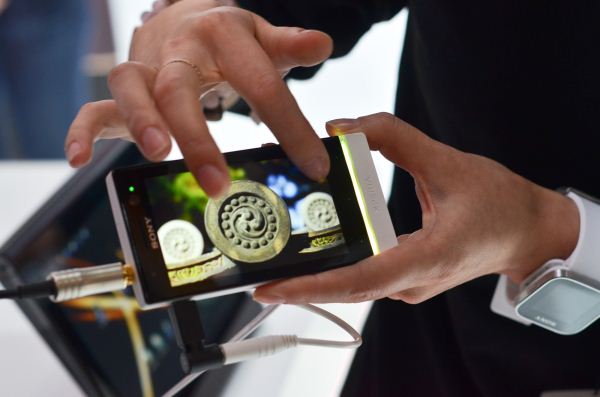
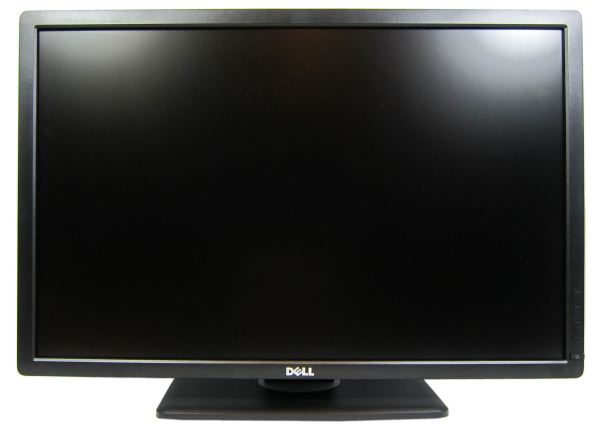

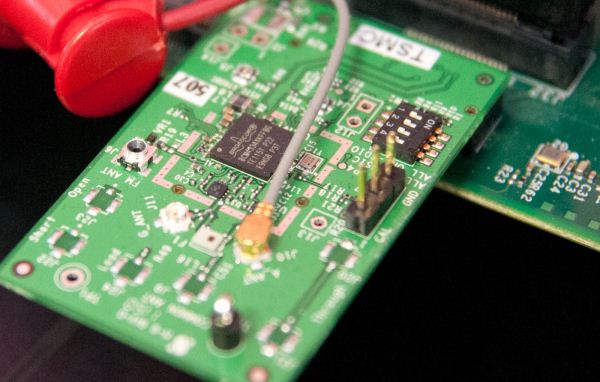
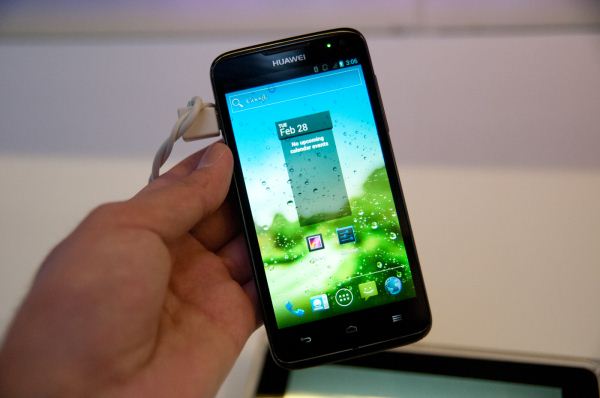
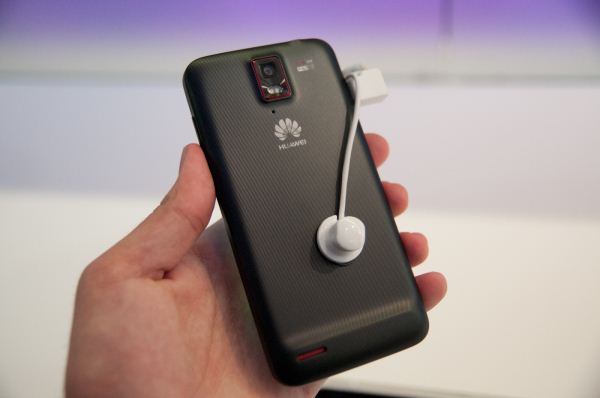



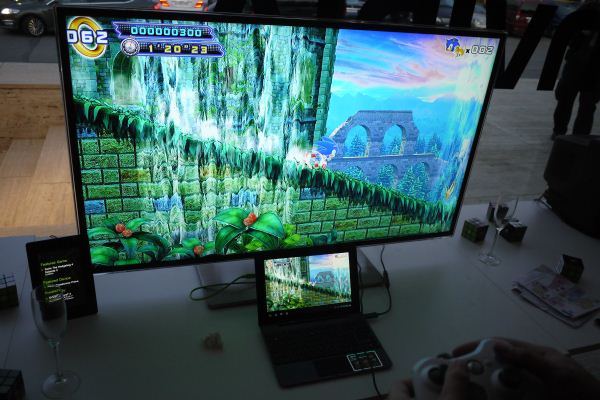





















Bookmarks